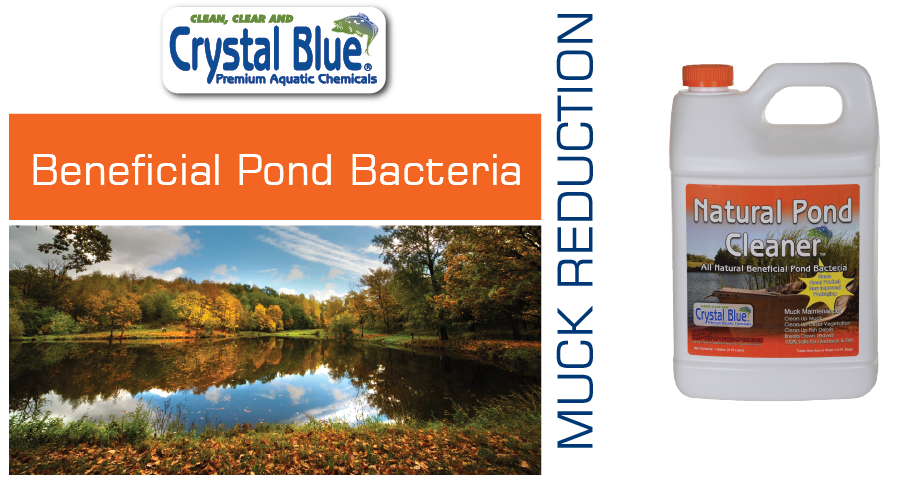Fall is a beautiful time of the year. Temperatures start to dip, warm crisp smells fill the air and brightly colored leaves start to trickle down to the ground. As a pond owner you need to be aware; these brightly colored leaves have a tendency to find their way to the bottom of your pond. If not maintained leaf build up on the pond floor can cause problems.
We have seen beautiful ponds fall victim to leaf debris build up. This isn't something that happens over night, however when symptoms start they progress rapidly. Overtime, leaves will start to break down and a tea bag effect will occur. The pond water will be very murky and brown just like a tea bag in water.
Aesthetically, the water is displeasing but even more concerning is what is going on underneath the water. The leaf debris has been decomposing for years and is now thick, fertile muck. This muck is an excellent food source for weeds and algae and you will start to notice your pond growth getting worse and worse each year. A common nuisance weed in these situations is duckweed. Duckweed loves still, nutrient rich water. Usually a pond with excessive leaf debris is surrounded by trees on at least 3 sides, gets very little movement and is nutrient rich. When duckweed is introduced into the pond via waterfowl, fishing lures or boats the growth gets out of control quick.

A great way to combat this leaf build up is by dosing your pond with beneficial pond bacteria on a monthly basis as well as aerating your pond. Beneficial pond bacteria combined with aeration will help keep muck and sludge to a minimum. However, this isn't a one time application. Our maintenance dose of beneficial pond bacteria, Natural Pond Cleaner, is exactly that...a maintenance dose. We encourage pond owners with muck problems to do a double dose of beneficial pond bacteria at the start of the season in the spring and a double dose in the fall. Check out our beneficial pond bacteria page for more information on how bacteria can be helpful. For more information on the benefits of using pond bacteria contact Sanco.
